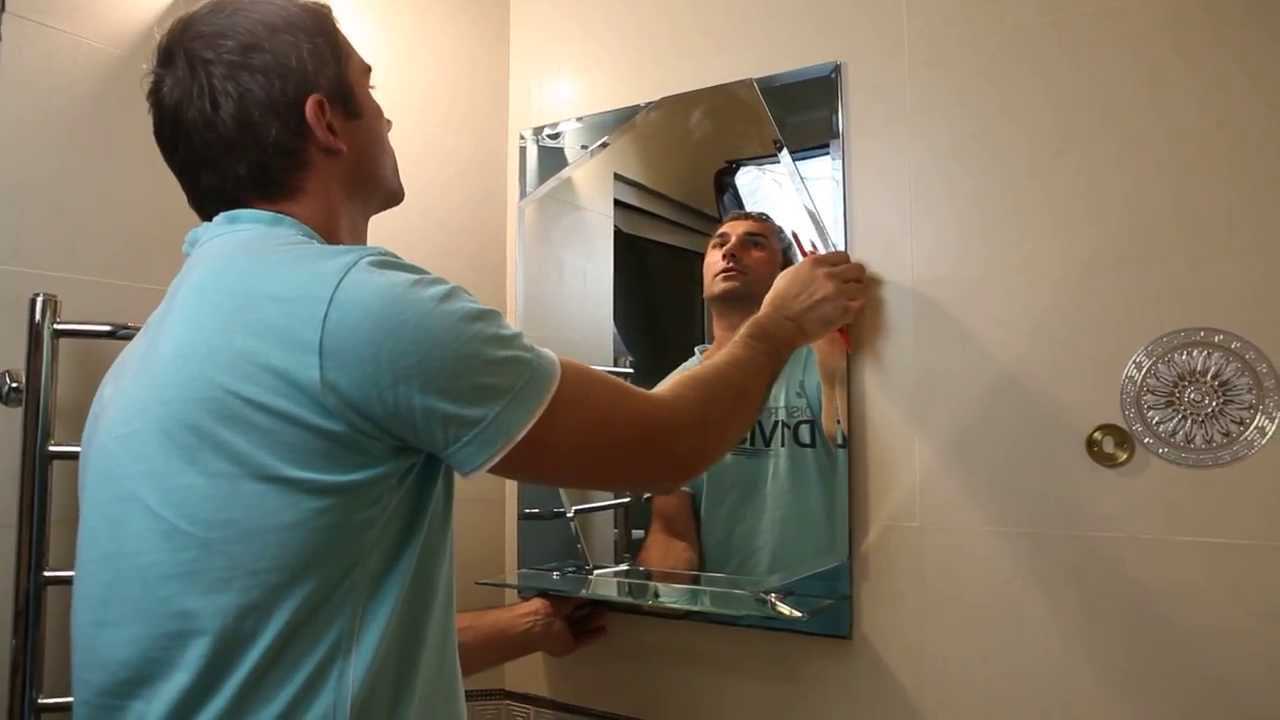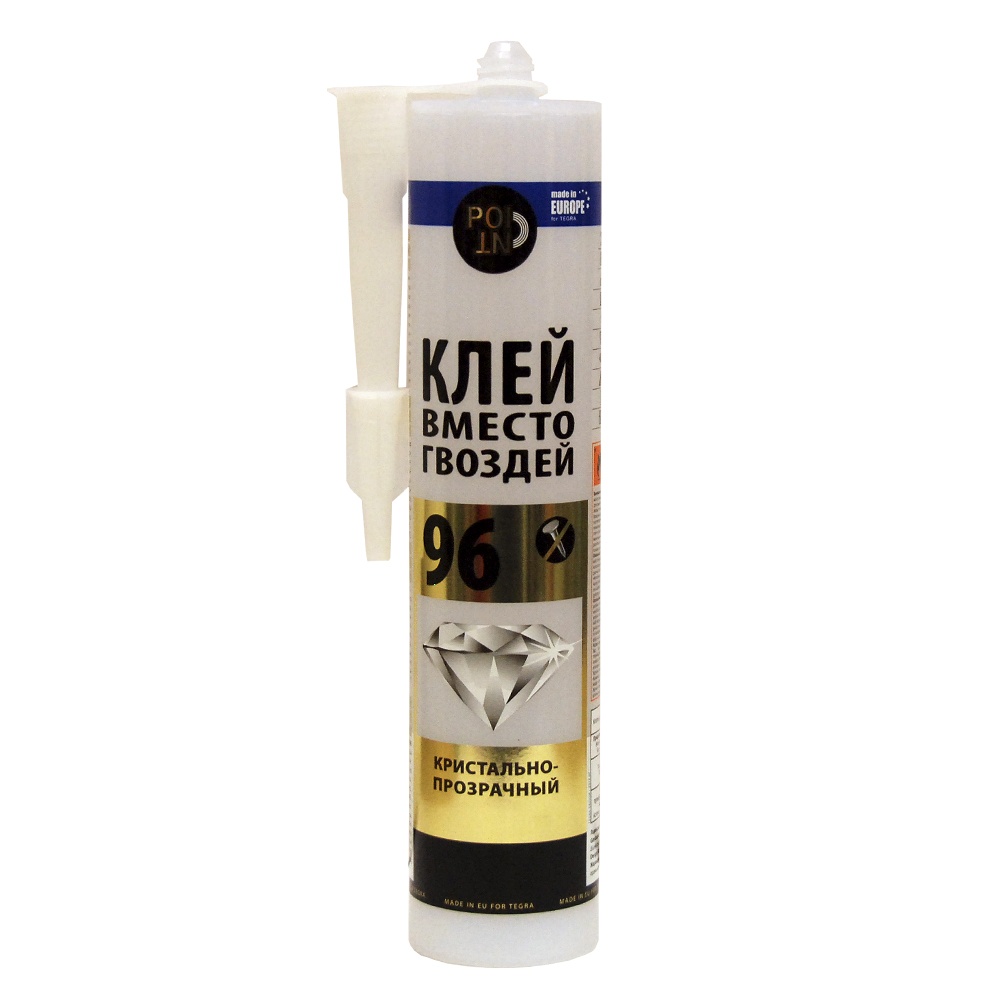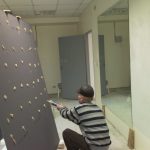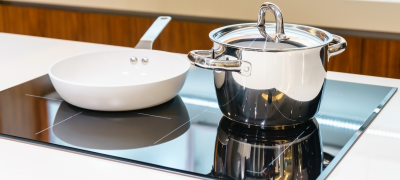Mounting rules and types of glue for mirrors
Mirrors have long and firmly entered the life of a person. Even in the last century, not everyone could afford such a luxury. Today, not only mirror elements are available to everyone, but also large walls, which are increasingly used by designers in the design of modern interiors.

When buying mirrors, consumers face a mounting problem. It is very important to choose the correct option, which is not only reliable, but also will not damage the amalgam. Otherwise, the mirror coating may be stained or blackened.

There are two ways to mount on any surface:
- Using the fastening hardware.
- Application of special glue.
The surface to be attached must have a perfectly even coating. A distortion of just 2-3mm can lead to the kingdom of crooked mirrors.

The base surface can be different. Ceramics and concrete are considered the best. When mounting on wood particle boards, plywood, fiberboard or OSB, it is recommended to use fasteners - especially in rooms with high humidity and temperature extremes.
What are the requirements for glue
It is best to use special adhesive solutions for fixing, which contain resin and synthetic rubber.

When choosing, it is very important to consider the following characteristics:
- safe and does not emit toxic substances;
- does not corrode amalgam;
- durable and elastic;
- moisture resistant;
- resistant to temperature extremes;
- dries quickly and is easy to remove.
Varieties of glue and adhesives for mirrors
Adhesives have different bases:
- Synthetic rubber - capable of bonding to any surface and has a wide temperature range. However, it can damage poor quality amalgam due to the presence of a solvent in its composition.
- Epoxy resin is ideal for rooms with high humidity and high temperatures: for baths or saunas. Possesses antibacterial properties.
- Neutral silicone sealant - dries very quickly, transparent, easy to remove from the coating and does not damage the amalgam layer.

Features and rules for attaching mirrors to different surfaces
Correctly attaching the mirror to any flat surface is not so difficult.
The main thing is to choose a suitable adhesive composition and work carefully, adhering to a certain sequence:
- Draw outlines on the wall with a marker or pencil.
- Degrease wall and amalgam surfaces, preferably with alcohol.
- For temporary fixation, glue double-sided tape on the back side. If the part is very massive, props can be placed under the lower border.
- Glue is applied to the back in dotted or parallel stripes. It is better not to use the circular option, since there will be nowhere for the air to escape. Also, glue is applied around the entire perimeter of the coating, stepping back 2 cm from the edge.
- Pressing firmly, the mirror is attached to the wall. In order for the solution to spread evenly over it, you should tap it with a special rubber mallet.
- The building level checks the degree of curvature and, if necessary, corrects it.
- Each glue has its own drying time, it is indicated on the package.
- The edges of the mirror surface should be coated with sealant.
- On large mirrors, glue is applied along the entire perimeter of the amalgam with a special spatula with fine teeth. They are placed on the wall using rubber suction cups.
How to glue a mirror to a wall
For wall mounting, special adhesives are used, but liquid nails can also be used - they are applied to a degreased layer of amalgam. The wall should be perfectly flat, clean and treated with deep penetration primers. The glue takes two hours to set.

In order not to hold individual elements or, which is even more inconvenient, a large mirror - it is additionally fixed on the wall using double-sided tape. The strips are placed vertically at a distance of 10-15 mm. In the intervals between the strips of adhesive tape, an adhesive composition is applied in the form of pyramids with a diameter of 2.5-3.5 cm.The distance between them should be at least 15-20 cm.

After the performed manipulations, the mirror is applied to the wall in order to adhere to the coating. Then they remove it from the wall, remove the protective film from the double-sided tape, and again, pressing well, lean the mirror against the surface.
While the adhesive is setting, the tape will hold the element on the wall. The bonding process will be completed in 6 hours.
To wallpaper
A small mirror weighing up to 2-7 kg can be fixed to the wallpaper with double-sided adhesive tape. Its contours should be noted on the wallpaper. Then stick the tape with vertical stripes on the degreased back side and walk around the entire perimeter.
Remove the protective film from the tape and press the mirror against the wall with a light tap of the entire surface.
To the tiles or tiles in the bathroom
Fixing the mirror to the tiles both in the bathroom and in any other room is a very convenient and economical solution. The glue is best used for small and lightweight elements. In this case, it is an elastic layer between the mirror and the tile.

This is very good: if the mirror cracks, it will not fall and crumble into small pieces. For such a case, you can use Tytan glue.
Mirror to mirror
If it is not possible to remove the old mirror from the tile, a new one can be glued to its surface. To do this, it is sufficient to degrease both surfaces.

Then on the amalgam of the new mirror, double-sided tape is glued in strips and titanium glue is applied, after which it is connected to the old mirror.
To a wooden surface
It is necessary to clean, sand the coating well with sandpaper and degrease. The amalgam is also degreased, and then double-sided tape is glued in strips and super glue "Soudal" is applied in dotted lines over the entire surface.

Next, the protective film is removed from the tape, and the mirror is attached to the wooden surface.
Drywall
To easily solve the question of how to glue a mirror to a drywall wall, you can use MIRROR liquid nails and follow the instructions. Just as in the above examples, mark the contour on the wall, paste over the amalgam with double-sided tape and apply the solution, and then stick the mirror to the surface.

How to choose the right mirror glue
Adhesive assembly glue allows the mirror to be stably and securely attached without damaging the bottom layer.It is resistant to moisture and temperature extremes, which is great for a bathroom. Silicone cures quickly, is durable, reliable, colorless and is used to seal circuits.
It is impossible to clearly define which one will be better. They stabilize the glass panel, retain their strength for a long time, despite the effects of moisture and temperature conditions, and also provide wall protection.

When choosing, it is worth considering the type of surfaces to be glued and, starting from their composition, select adhesive solutions. If you need to mount a small canvas, you should pay attention to Tytan glue - a specialized agent that is made on the basis of rubber and resins, provides reliable adhesion. It is applied to concrete, brick, drywall and wood. Waterproof, elastic and will not damage the mirror surface.

For large mirrored surfaces it is better to use Quelyd Mastifix. It contains synthetic rubber and solvent. It is simply ideal for working with plastics, ceramics, metal, concrete, masonry and stone. It allows you to stick the mirror to the wall in humid rooms such as a bathroom, does not lose its properties at temperatures from -20 to +90 degrees. It will help smooth out irregularities up to 5 mm, quickly sets.

Popular manufacturers
Soudal 47A - manufacturer Belgium. This mirror wall adhesive contains synthetic rubber and resin. Differs in high strength, moisture resistance, quickly solidifies and does not damage the mirror. It interacts well with many surfaces, suitable for the bath.

"Bison Mirror Adhesive" (Holland) is a neutral silicone designed for fixing small mirrors on any surfaces. Provides strong fastening, heat-resistant, moisture-resistant, acid-free.

Soudal Mir-o-Bond is a silicone based adhesive and sealant. Can be used for gluing mirrors to smooth and uneven surfaces. Reliably fixes the object on almost all surfaces, heat resistance from -40 to +150 degrees, grabs in 30 minutes, does not have a pungent odor.

"Tegra Point" (Poland) - liquid nails on a rubber base. Designed for fixing all types of mirrors, mosaics, ceramics to almost all surfaces. Differs in high quality of the adhesive layer, elasticity, heat resistance, good adhesion and easy to use.

Modern adhesives are a safe, fast, convenient and reliable way to attach a mirror to any wall in the bathroom, hallway or any other room. There is no need for special tools or expensive installation materials. You don't need a lot of experience in renovation or finishing work.
Video: mirror glue and its application















